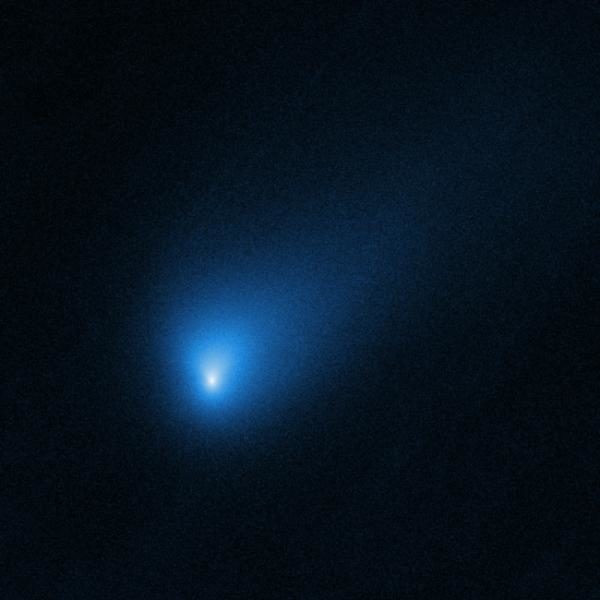
The object, known as 2I/Borisov, has been examined by researchers who say that it has the potential to transform our understanding of the universe that surrounds us.
Scientists have long thought that the gaps between the stars could be home to various comets and asteroids that have been thrown out of their home planetary systems. As they make their way through the universe, they would pass through our solar system and give us the opportunity to spot them, astronomers speculated.
The first of those objects was seen two years ago, when scientists saw 'Oumuamua, and confirmed that such interstellar objects exist. Since then, they have been watching in hope of seeing another interstellar visitor.
Astronomers now know that 2I/Borisov is the second such alien visitor ever seen - and the first of its kind, a comet sailing through our solar system from another place entirely.
To help spot it, researchers had created a special computer programme that looked through information about new comets in the hope of automatically spotting any that had arrived from another.
In September, it did: the software issued an alert that suggested another interstellar visitor might have been found. "This code was written specifically for this purpose, and we really hoped to receive this message one day. We only didn't know when," said Piotr Guzik of the Jagiellonian University, who led a new study of the object.
Researchers were able to take pictures within two days that gave researchers a significant look at the object, and let them confirm that it was the first comet to visit us from another planetary system.
"We immediately noticed the familiar coma and tail that were not seen around 'Oumuamua," said Michal Drahus of the Jagiellonian University, who co-led the study with Guzik. "This is really cool because it means that our new visitor is one of these mythical and never-before-seen 'real' interstellar comets."
Further investigation suggested that it was oddly familiar, for something that had made its journey over such a distant way. Researchers found that it looks reddish and has a solid core that is about a kilometre across.
"Make of this what you will, but based on these initial characteristics, this object appears indistinguishable from the native Solar System comets," said Guzik.
Researchers will now be able to keep watching the object and learn more about it as it becomes even more visible.
"The comet is still emerging from the Sun's morning glare and growing in brightness. It will be observable for several months, which makes us believe that the best is yet to come," said Waclaw Waniak of the Jagiellonian University, co-author of the study.



Comment: See also: C/2019 Q4: ANOTHER interstellar object to pass through our solar system